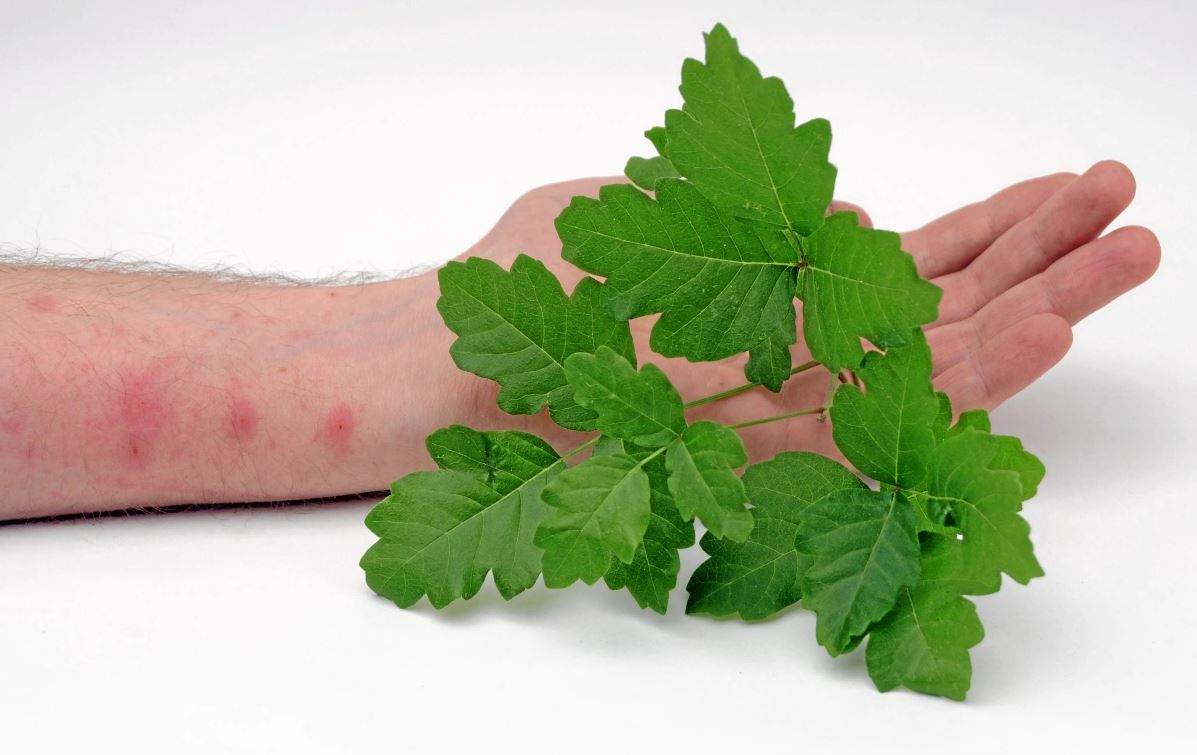According to the American Academy of Dermatology, 10 to 50 million Americans develop allergic rashes to poison oak, poison ivy, and poison sumac every year. These plants grow almost everywhere in the United States, except Alaska, Hawaii, and some desert regions of Nevada.
Poison oak encounters
Nothing is better on a sunny spring day than taking your dog and going for a long walk in the woods. Enjoying the wildflowers and sounds of birds, sitting by bubbling creeks, and playing with your dog. Life is great. When you get home, your family pets your dog while you drop your clothes by the washer.
Unfortunately, a few days later, you and your entire family develop rashes from head-to-toe from exposure to poison oak. You contacted it on your hike, your dog brought it home on his fur and passed it along, and others touched your contaminated clothes. Life is no longer so great.
Poison oak is a widespread problem for both recreational users and workers in the outdoors. It has been reported that poison oak is the number one cause of workman’s compensation payments related to outdoor injury. Many U.S. Forest Service firefighters are forced to leave the fire line due to rashes from poisonous plants.
Captain John Smith first reported poison ivy in North America in the 1600s. In fact, later British explorers brought it back to England, where it was planted in gardens, much to the annoyance of unwary gardeners. Outside of North America, species of poison oak and poison ivy grow in China, Japan, and Malaysia.
Native Americans used poison oak as a black dye to cure warts, to weave baskets, to wrap acorn meal, and to cover and protect food stores. It is unclear if they developed immunity or handled the plant carefully, but they did not seem to suffer the effects we do.
Anyone who has ever experienced a rash from poison oak knows that it is something to be avoided. This is possible with some knowledge and a few precautions. This article will discuss the identification, prevention, and treatment of contact with poisonous plants. For simplicity, I will use the term poison oak to mean poison oak, poison ivy, and poison sumac.
Knowing how to identify poisonous plants is the first step in preventing an itchy rash. Poison oak, poison ivy, and poison sumac all are part of a family of 600 trees and shrubs that are found all over the world. Many are known to irritate the skin, including the Japanese lacquer tree, mango fruit, shells of cashews, and seeds of Ginkgo biloba.
Avoiding the Toxicodendron genus

Botanists have classified the poisonous varieties in the genus, Toxicodendron, toxico meaning poison, and dendron meaning plant. There is some disagreement as to how many separate species and varieties exist, but most botanists agree there are four main species: Western poison oak, Eastern poison oak, poison ivy, and…
